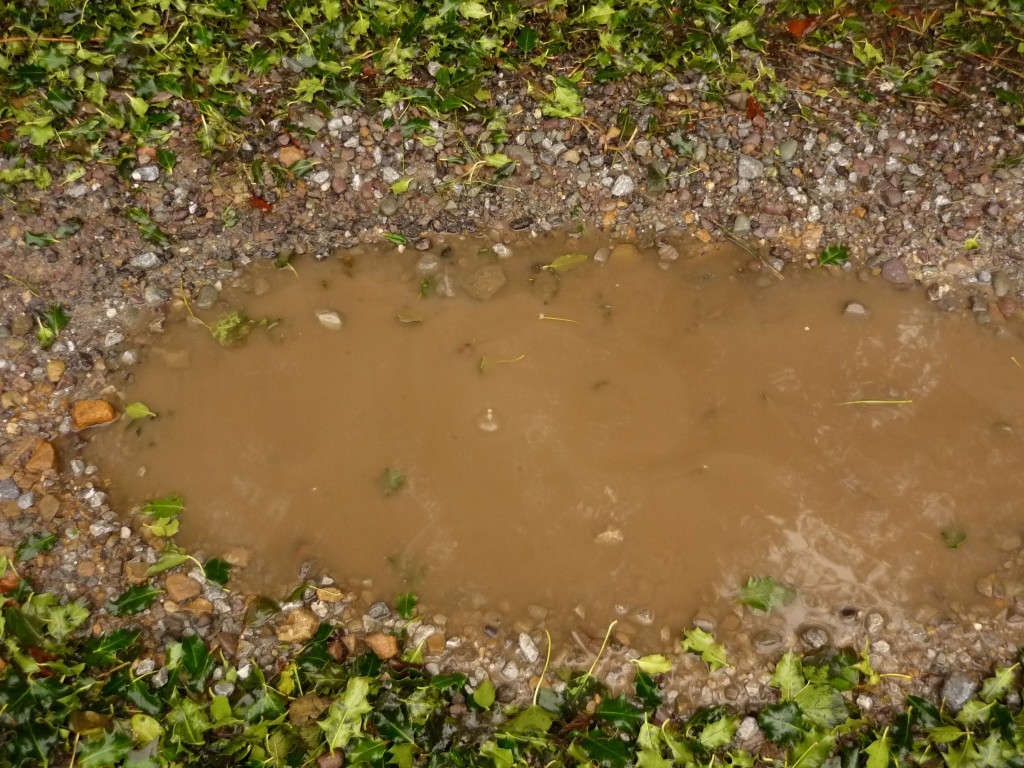By Sean Fagan

In this photo of a recently disturbed puddle, the usual pattern of how puddle sentiment settles is from the edges towards the centre - here we can observe this in action with the stones and pebbles at the puddle edge becoming visible while the centre of the puddle remains unclear (Photo: Sean Fagan).
.
.
Searching for Clarity...
Why puddles are an important short-term tracking sign
.
Whenever an animal passes through a puddle it disturbs the sentiment on the bottom of the puddle.
Such tracking sign is an indication of the recent passage of an animal as the sentiment of the puddle will usually settle within 30-60 minutes - with the water of the puddle becoming clear again.
Watch out for this when tracking animals - if you're following tracks and the tracks cross a muddy puddle be extra vigilant - as the animal could be just ahead of you.
So how can we hone our ability to read the tracking sign of disturbed puddles?
It's a fairly easy process.
.
Tracking Tip: How to Read Puddles....
Find a puddle that is not regularly disturbed.
Step into the puddle and disturb the sentiment - don't go over board - do just enough to unsettle the sentiment to make the whole puddle murky.
Take note of the time.
.
At 5 minute intervals - carefully observe the murkiness of the puddle (initially the edges of a murky puddle will become clear - essentially the puddle becomes clearer from the outside towards the centre of the puddle).
Gradually, the puddle will become progressively more clear.
The object of this exercise is do develop an accurate time frame of how long it takes for a puddle to settle and become clear.
It's a surprisingly effective tracking exercise.
Not only does this exercise teach you how long it takes for a puddle to settle and become fully clear but also what a puddle looks like during all the intermediate stages of disturbance.
Often when tracking, it can be challenging to discern how old a track is - but there are some fresh track indicators, such as murky puddles, that can refine our understanding of when an animal has passed through.
This can make all the difference in observing elusive wildlife when we track - as we become quieter, more deliberate and strategic in our movements when we sense an animal is near.
It's this type of awareness that greatly increases our chances of observing some great wildlife.
.
Finally, I also highly recommend that you also experiment with as many different types of puddles as possible as there will be variation as regards how different types of sentiment will react to disturbance.
.
.
Related articles on this website:

Recent Comments